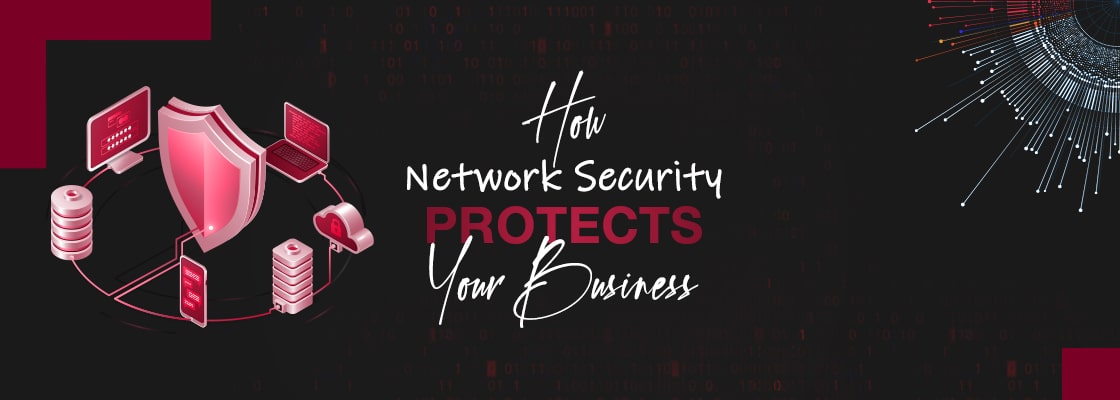
The increasing reliance on technology and the internet has made networks and the data they carry a prime target for cybercriminals. Network security is the practice of protecting the integrity, availability, and confidentiality of a network and its data, and it has become an essential aspect of information technology (IT) and cybersecurity. As the threat landscape continues to evolve, it is essential for businesses and organizations to understand the importance of network security and take the necessary steps to protect their networks and data.
What are the main threats to network security?
One of the primary threats to network security is unauthorized access. This includes attempts by hackers, cybercriminals, and other malicious actors to gain access to a network and its resources. Unauthorized access can lead to data breaches, sensitive information theft, and business operations disruption.
Another major threat to network security is data manipulation, which includes eavesdropping and tampering with data as it is transmitted over a network. This can lead to the alteration or destruction of important data, putting businesses and organizations at risk.
Distributed Denial of Service (DDoS) attacks are another common threat to network security. These attacks flood a network with traffic and cause it to become unavailable, disrupting business operations and causing financial losses.
How can you protect your network from these threats?
There are a variety of network security solutions that can help protect against these threats. One of the most important is the use of firewalls. Firewalls act as a barrier between a network and the internet, and they can be configured to block unauthorized access and malicious traffic.
Intrusion detection and prevention systems (IDPS) are another important network security solution. These systems can detect and prevent unauthorized access and malicious traffic by analyzing network activity and comparing it to a set of predefined security policies.
Data encryption is another essential tool for protecting data as it is transmitted over a network. Encryption uses mathematical algorithms to convert plain text into unreadable code for unauthorized parties, helping protect sensitive information.
Virtual private networks (VPNs) are also important for protecting network security. VPNs allow users to access a network remotely and securely, using encryption to protect data as it is transmitted over the internet.
Security information and event management (SIEM) solutions can provide network security teams with real-time visibility into network activity, allowing them to quickly detect and respond to security threats.
What are the best practices for maintaining network security?
Maintaining network security is an ongoing process that requires constant monitoring, analysis, and improvement. Some best practices for maintaining network security include the following:
- Regularly updating software and operating systems to address known vulnerabilities
- Conducting regular security audits and vulnerability assessments
- Implementing security policies and controls to limit access to a network and its resources
- Educating employees about security best practices and the risks associated with cyber threats
- Keeping an understanding of the current threat landscape and monitoring for new threats



